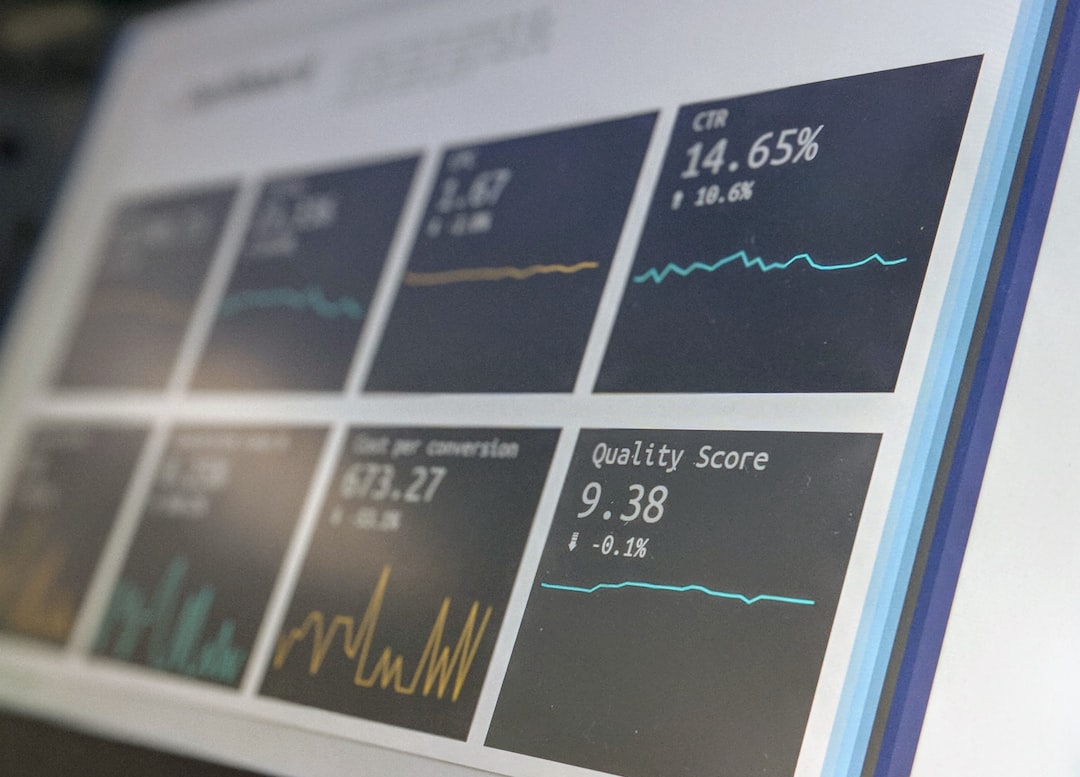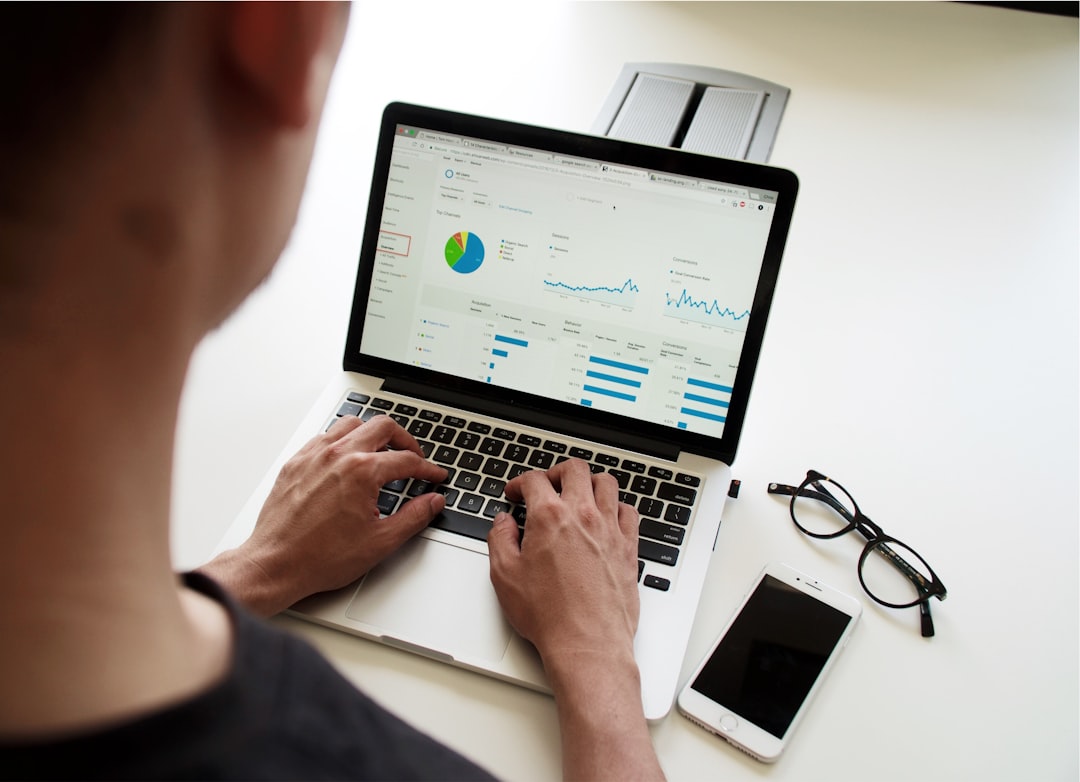
How to Analyze Economic Trends: A Comprehensive Guide
# Introduction. Analyzing economic trends is a crucial skill for anyone interested in understanding how the economy works and predicting future movements. Whether you're a business owner, an investor, or simply a curious individual, grasping the nuances of economic trends can help you make informed decisions. In this guide, we will explore what economic trends are, why they matter, and how to effectively analyze them. # Understanding Economic Trends. Economic trends refer to the general direction in which an economy is moving over a specific period. They can be classified into short-term, medium-term, and long-term trends. Short-term trends might involve fluctuations in employment levels or consumer spending over months, while long-term trends often relate to broader demographic, technological, and environmental changes over years or decades. Recognizing these trends requires a thorough understanding of various economic indicators. Common indicators include Gross Domestic Product (GDP), unemployment rates, inflation rates, and consumer confidence indexes. Analyzing these metrics allows us to observe patterns and predict potential shifts in economic conditions. # Collecting Data on Economic Indicators. In order to analyze economic trends, the first step is to collect relevant data from reputable sources. Government agencies, such as the Bureau of Economic Analysis (BEA) and the Federal Reserve, often provide up-to-date statistics on key economic indicators. International organizations like the International Monetary Fund (IMF) and the World Bank also publish data and reports that can be useful in tracking global economic trends. In addition to official sources, many private firms and think tanks analyze economic data and provide insights through reports and publications. Utilizing a combination of these sources can provide a comprehensive picture of the economic landscape. # Employing Statistical Methods for Analysis. Once you have gathered your data, statistical methods can be applied to analyze trends effectively. Techniques like regression analysis, moving averages, and seasonal adjustments help reveal embedded patterns within economic data. For instance, moving averages can smooth out short-term fluctuations, illustrating long-term trends more clearly. Additionally, visualizations such as graphs and charts make it easier to digest complex datasets. Tools like Excel or specialized software can assist in creating these visualizations, allowing for more accessible interpretation and presentation of data. # Monitoring External Influences on Economic Trends. It is essential to recognize that economic trends do not exist in a vacuum; they are influenced by various external factors such as politics, society, and global events. Changes in government policy, international trade relations, technological advancements, and natural disasters can significantly impact economic performance. Staying informed about current events and understanding their potential economic implications can provide context to the data you are analyzing. Resources like financial news networks, economic blogs, and podcasts can keep you updated on these external influences. # Case Studies: Understanding Past Trends. Looking at historical data can provide valuable insights into how economic trends evolve. For example, analyzing past recessions or periods of economic growth can shed light on the correlation between certain indicators and economic conditions. Case studies offer practical applications of analyzing trends, allowing you to ascertain the relevance of your findings. Consider exploring landmark events such as the 2008 financial crisis or the post-World War II economic boom, assessing the series of trends leading up to and following these events. Learning from history is an advantageous approach to forecasting future economic movements. # Conclusion. Analyzing economic trends is a vital skill that can lead to informed decision-making in various contexts. By understanding key indicators, employing statistical methods, and considering external influences, you can craft a clear picture of the economic landscape. Continuous learning, monitoring historical data, and staying engaged with current events can enhance your analysis further. Armed with this knowledge, you will be better equipped to navigate the complexities of the economic world. .







